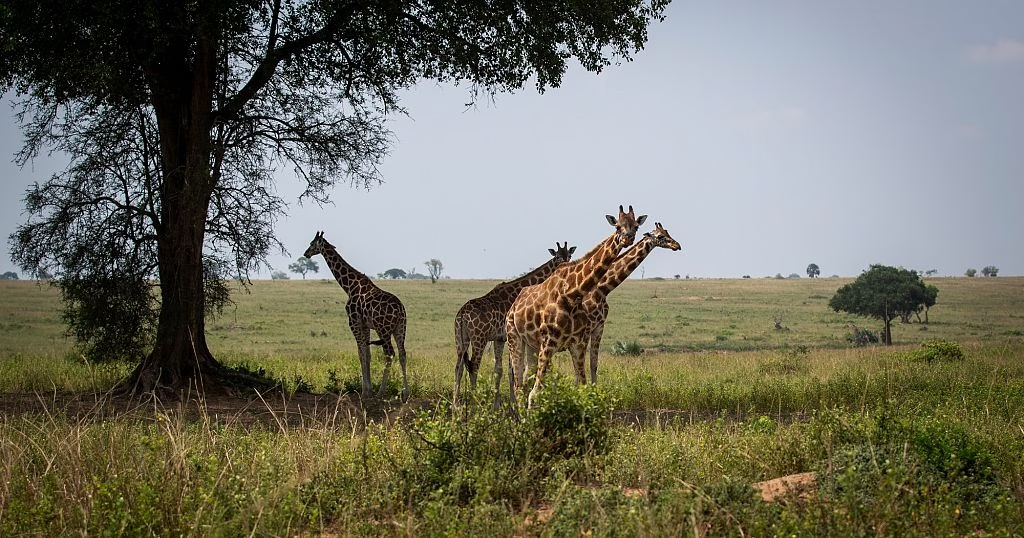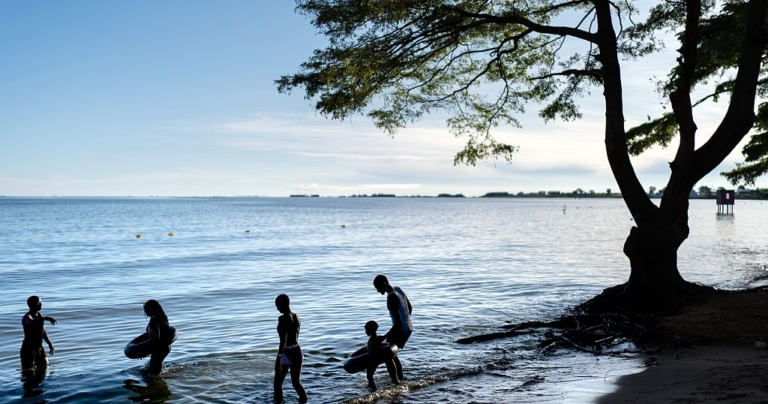
To those unfamiliar with giraffes, they may all appear the same, but researchers now indicate that there are evolutionary differences between African giraffe populations, resulting in four separate species.
This discovery can aid conservation efforts.
Dr. Michael Brown is the co-chair of the International Union for Conservation of Nature (IUCN) SSC Giraffe and Okapi Specialist Group:
“Through our assessment, we have recognized and described four species for the IUCN red list: the Northern giraffe, the Reticulated giraffe, the Maasai giraffe, and the Southern giraffe. Each species has distinct population sizes, threats, and conservation needs, necessitating specific policies and awareness.
By identifying the different species, scientists can specify their unique needs and tailor their conservation strategies, explains Philip Muruthi, vice president for species conservation and science at the African Wildlife Foundation:
“This report pertains to a shift in taxonomy, or the naming of species. Taxonomy is crucial. It provides information about specific species. Thus, for conservation purposes, it is essential that when we refer to a species like the Maasai giraffe, everyone in conservation has a shared understanding. This allows us to identify the threats it faces and determine the actions required to address these threats specifically for that species.”
Greater Attention, More Effective Action
Despite there being an estimated one hundred and seventeen thousand giraffes remaining in the wild, according to the International Fund for Animal Welfare, their populations have decreased by approximately 40 percent in the last three decades. The new taxonomy could help safeguard them.
“With the distinct species and the exhaustive analysis behind this, greater attention and more urgent action may ensue,” says Muruthi.
“For instance, if a particular species was previously considered a subspecies of a larger group that wasn’t critically endangered but required special attention or concern, the actions taken were not specifically targeted towards that subspecies. Now, having full species status and reassessment of the factors causing endangerment, more immediate action can be taken.”
The primary threats to giraffes in Africa include habitat loss, poaching, and disease. Conservationists hope that by better understanding the differences between giraffe species, they can develop conservation initiatives specific to each country, thereby addressing these threats more effectively.





